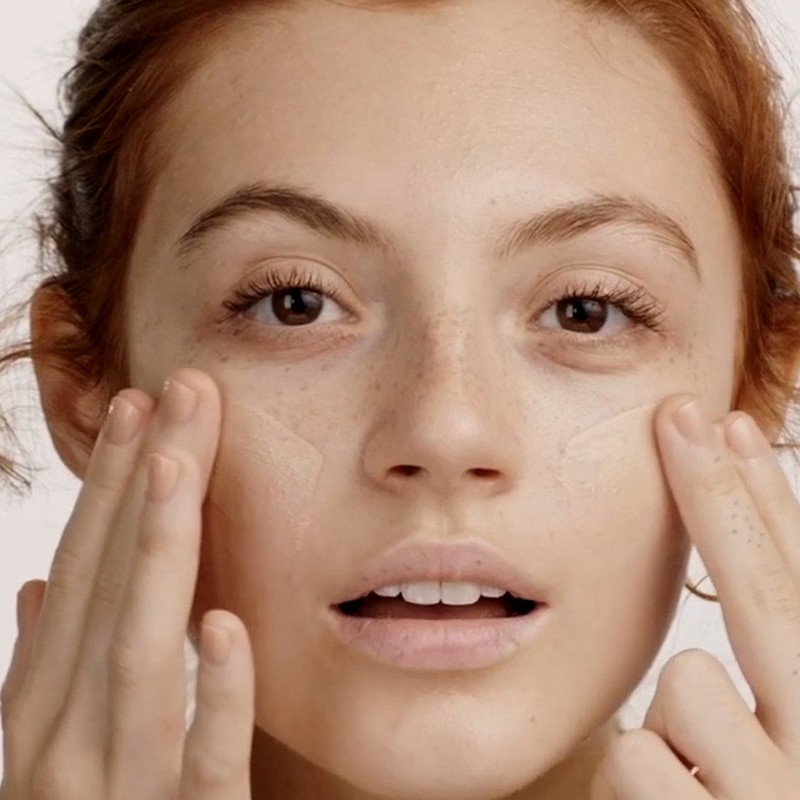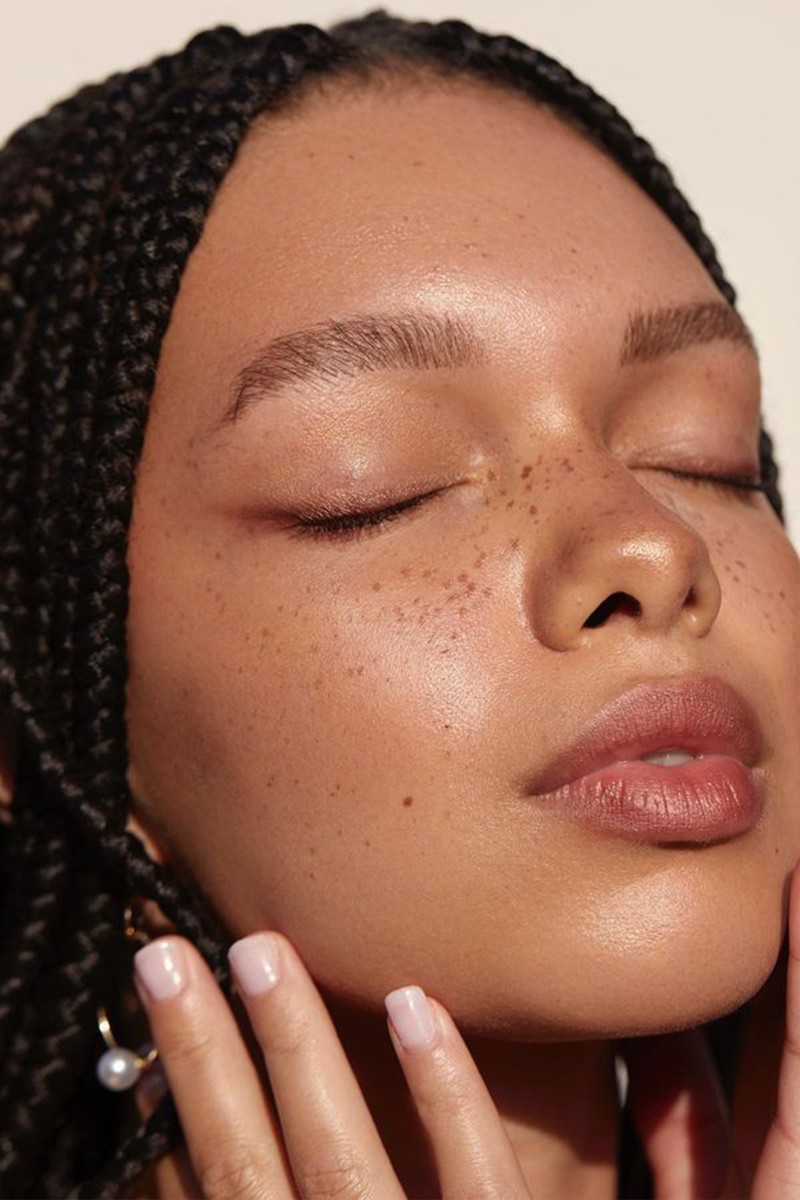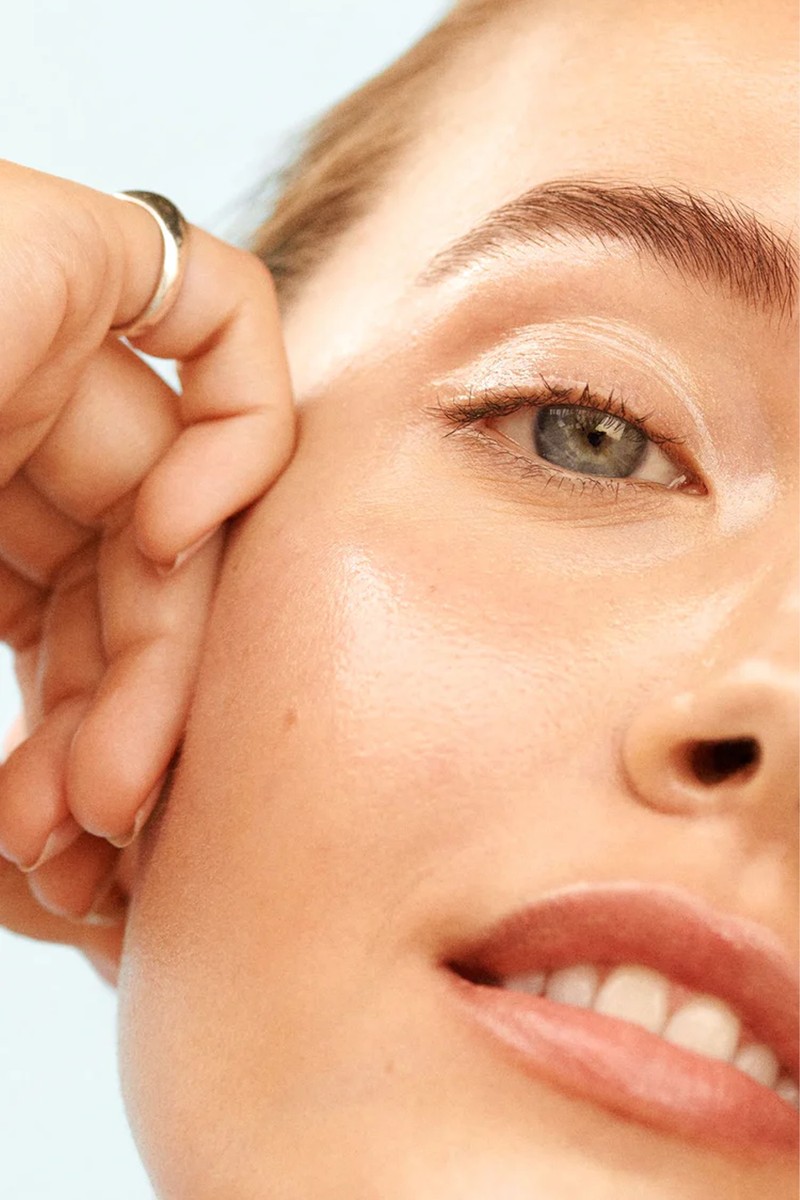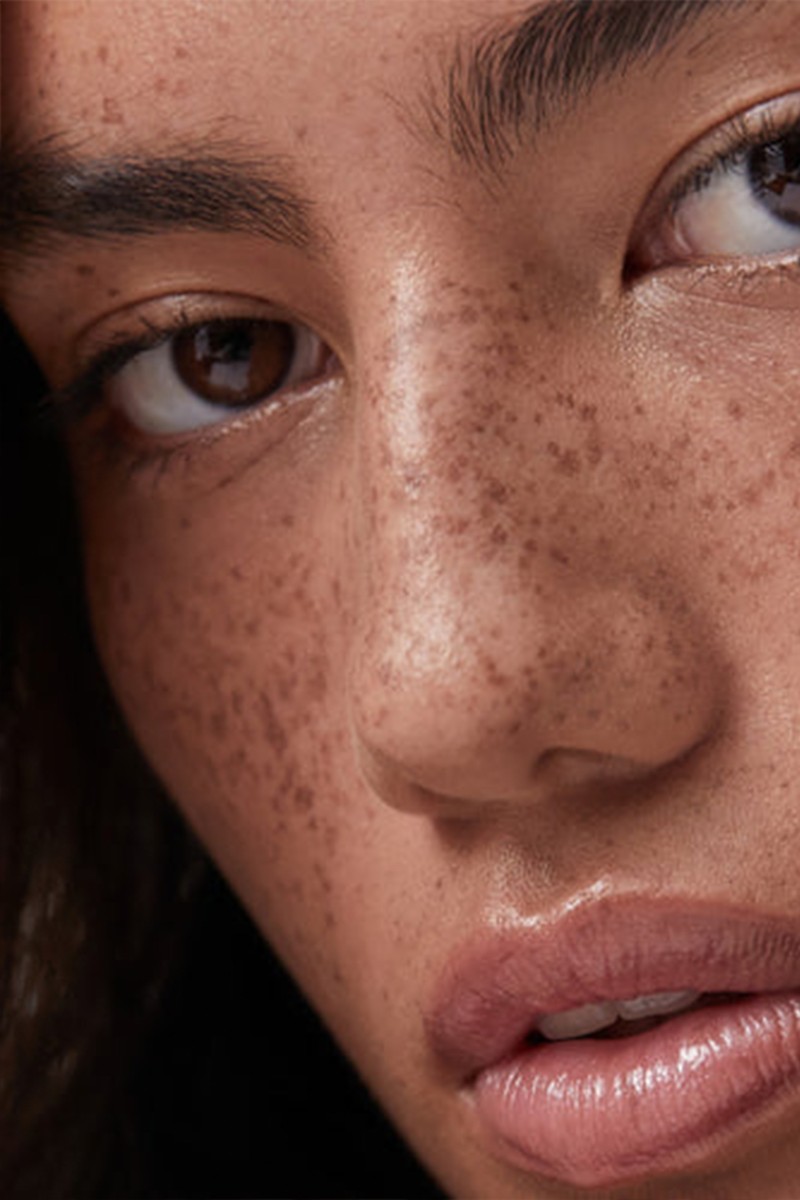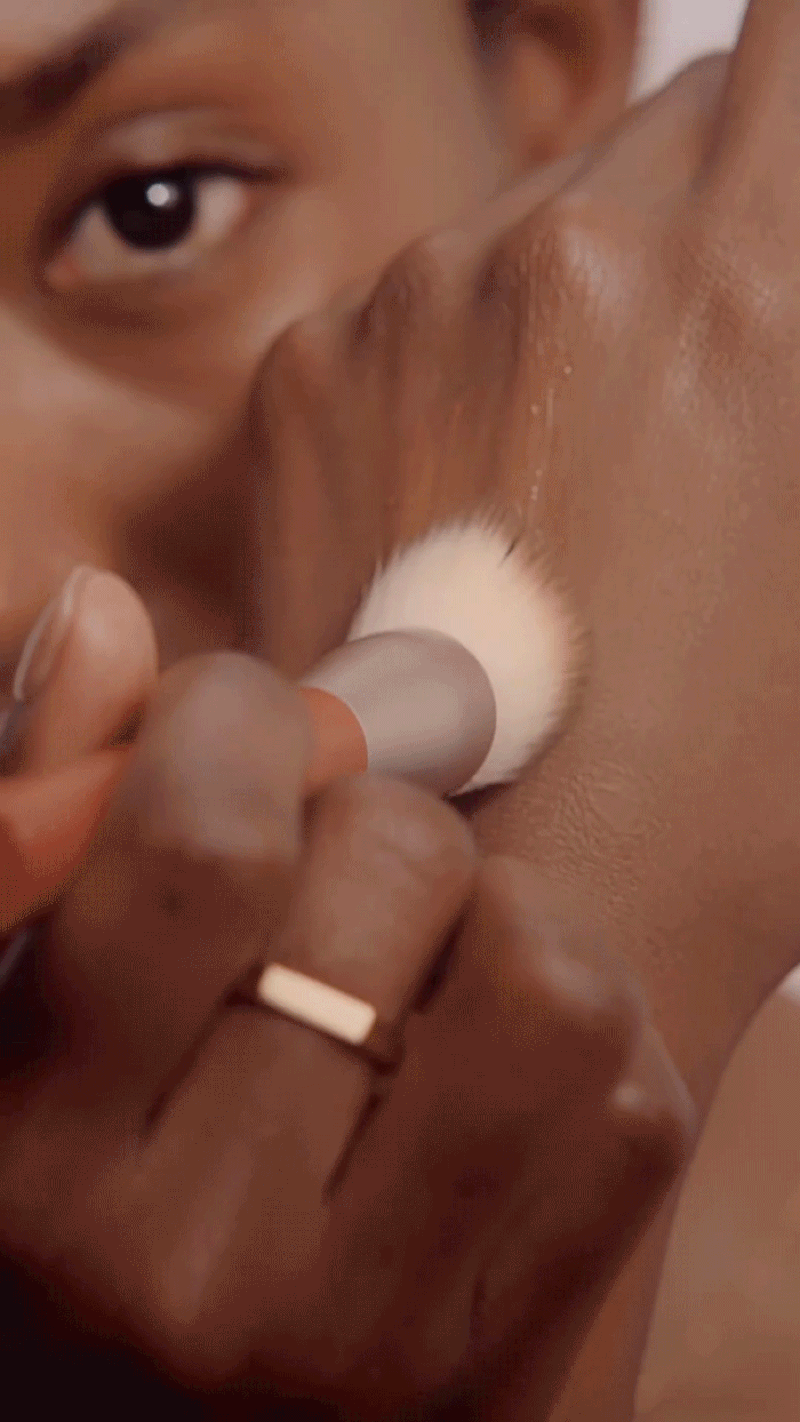Make-Up Masterclass: Flawless Foundation
Choosing The Right Product
Avoid testing it on the back of your hand
“When testing foundations to find your perfect match, it can be tempting to just try it out on the back of your hand. However, this rarely gives you a good match because the difference between the colour of your hand and face can be drastic. Always test from the centre of your cheek down to the jaw line and make sure you have a good look at it in various lights – the indoor lights of a high-street store are especially harsh compared to natural light, for example.” – Jessica Kell
Don’t be tempted by darker shades
“Many people go a shade up to fake the appearance of tan. By doing this, you risk getting tide lines and not matching up to your neck and rest of your body. And if you go too light, you risk looking ashy and pale. To match your foundation perfectly to your skin, pay attention to the colour of your chest to keep it looking natural. You can add a more sunkissed look with bronzer, and can brighten any shadows with cleverly placed concealers and highlighters. There are some fantastic shade ranges out there now and most foundations cater for a huge number of undertones and skin tones. I especially love Pat McGrath, Fenty Beauty and Lisa Eldridge.”– Jessica
Find your undertones
“One way to work out if you have warm, cool or neutral undertones is to have a look at your veins. If your veins appear blue, you have a cooler undertone. If your veins appear green, you have a warmer skin tone. If you have a mix, your undertones are more neutral. If in doubt, I would always suggest going for a neutral toned foundation within your shade range.” – Jessica
“To find your specific undertone, start by finding your shade intensity. Look at your skin and decide which shade category you fit best within. Make-up brands typically use terms such as Fair, Light, Light Medium, Tan, Golden, Deep and so on to describe shade intensity. Then, find your overtone. This is the typical Cool, Warm and Neutral you often hear about. Don’t mistake your overtone for surface tone, though. For example, you may suffer from redness or pigmentation but these do not affect your natural overtone. You should try and match your neck or areas that don’t have this extra surface tone for a perfect colour match.” – Levi-Jade Taylor
For further insight into finding your perfect shade and undertone, read A Make-Up Artist’s Guide To Finding Your Undertones
Select the right formula for your skin
“There are so many different formulas and textures to choose from, so it’s important to think about whether you prefer something matte or something really glow-y and luminous. Also, consider what kind of coverage you want. Just remember that matte doesn’t necessarily have to mean heavy coverage and light coverage doesn’t always have to be sheer or glow-y.” – Jessica
“Finding the right finish is partly personal preference, and often comes down to your skin type. If your skin is on the drier side, for example, a matte foundation may not be the right match for you. If you’re oily, an intense glow-y product may not give you the most flattering finish. I always recommend going to a beauty counter and asking for samples. Some people may find a matte, full coverage is flawless on them; others may prefer to see their natural skin shine through. If you love a natural look, go for light-reflecting foundations that are sheer in texture, like the Beauty Pie Tinted Moisturisers. If you love something fuller in coverage, the Charlotte Tilbury Airbrush Flawless Foundation is great.” – Levi-Jade
Understanding Texture & Formula
Tinted Moisturiser
A skincare-foundation hybrid, tinted moisturisers don’t generally give you any coverage at all, but they are great for dry skin and minimal ‘no make-up make-up’ days.
Product Recommendation: NARS Pure Radiant Tinted Moisturizer Broad Spectrum SPF 30
BB Creams
Thicker than a tinted moisturiser but still very hydrating, these deliver a bit more pigment. They are great for sensitive skin or when you want a creamier base with a good amount of coverage.
Product Recommendation: Erborian BB Cream Ultra Soft Flawless Perfector SPF20
CC Creams
These are designed to be colour correctors and can be used on their own or with a serum or liquid foundation.
Product Recommendation: By Terry Moisturising CC Cream
Serum
These are great for dry skin because they glide on and hydrate skin to give it a healthy glow. Some have very strong pigments, so they can provide sufficient base coverage too.
Product Recommendation: Bobbi Brown Intensive Serum Foundation SPF 40/30
Liquid
The most popular form of foundation, these can be buffed and blended into the skin for a flawless finish.
Product Recommendation: Dior Forever Skin Glow Foundation
Creams & Balms
Lovely to buff into the skin, always apply them with a brush. They can offer good coverage but are also extremely forgiving on the skin.
Product Recommendation: Suqqu The Cream Foundation
Stick
Ideal for a more pigmented option, these can be built up for fuller coverage or sheered out into a beautiful velvet or matte finish.
Product Recommendation: Hourglass Stick Foundation
Powder
These are best for slightly oilier skin – especially if you want to keep everything perfectly matte. Your brush choice is key, and properly hydrated and exfoliated skin is also crucial.
Product Recommendation: Fenty Powder Foundation
Adapting Your Formula, Shade & Coverage
“Your skin naturally changes throughout the year, so it's good to adapt the colour of your foundation depending on how much sun you have had. I always recommend having at least two foundations at home: one for your more tanned skin and one for when you have had less sun; mixing the two together at different times of the year will ensure you always have a perfect match.” – Jessica
“I love to have a sheerer product for summer when I don’t want to feel too much product on my face, and a more hydrating foundation for winter when skin feels drier. Listen to your skin you’ll know what it needs each season.” – Levi-Jade
“One of the biggest mistakes I see people make with foundation is opting for a heavier coverage than is needed. If you have good skin and only a few smaller areas that need a bit more coverage, go for a lighter foundation and work a heavier concealer only over the areas that need it.” – Jessica
Prepping Your Skin
Start with skincare
“Foundation can’t cover texture, only colour, so for your healthiest-looking skin, invest in a routine that’s going to give your skin what it needs. If you need to find which skin prep products will work for you, Caroline Hirons’s book Skin Care is a godsend.” – Levi-Jade
“I always do a quick cleanse to get rid of anything left on the skin to make sure make-up goes on as smooth as possible. My go-to at the moment is the Dr Haushka Cleansing Balm. I like to use a cotton cloth or flannel to gently exfoliate and pull away anything that might make the foundation look patchy. Use an exfoliating toner like the REN Ready Steady Glow Daily AHA Tonic. This helps to strip away extra oils and give a really smooth base. A hydrating serum will help everything work together and give skin a perfected finish – my favourite is Seated Queen Cassiopeia’s Serum Concentrate.” – Jessica
Tailor your moisturiser to suit your foundation
“If you use a heavier coverage or a matte finish foundation, you might want to apply a slightly heavier moisturiser first. Similarly, if you have a lighter finish, you could use more of a light lotion as your moisturiser. If you tend to prefer a facial oil, you want to be really selective about which one works with your foundation so it absorbs quickly and doesn't cause any slip. I always keep Vintner's Daughter Serum in my kit for particularly thirsty skin.” – Jessica
Add a radiance booster
“An illuminating primer can add a healthy glow, while a hydrating primer can stop dry patchy skin or flaking foundation and mattifying primers stop oil from disturbing make-up throughout the day. I especially rate the Rare Beauty Always an Optimist Illuminating Primer, Giorgio Armani’s Luminous Silk Hydrating Primer and the Matte 12 Hylamide Matte Primer.” – Jessica
Avoid mixing certain formulas
“Try and avoid mixing oils with gel/water-based products – water and oil don’t tend to work well together and can cause an unflattering look on the skin. My rule is to test the foundation on a small area of the cheek and check if it’s pilling or rolling.” – Levi-Jade
“Avoid using two products that include silicones as they can repel against each other, causing pilling when you buff your foundation over the top. Also, even though you want a very hydrating moisturiser, if it's too heavy and doesn’t completely absorb into the skin, you might find the excess mixes with your foundation as you apply it, which can cause the foundation to break down throughout the day. If you have any excess moisturiser left on the skin, take a cotton round or blotting paper and gently buff or press the excess away.” – Jessica
Matte
A fuller coverage finish – great for a more full-on look. You can always sheer it out on moisturised skin for a medium-coverage, shine-free finish.
Product Recommendation: Charlotte Tilbury Airbrush Foundation
Velvet
This has a semi-matte finish, and tends to be slightly less heavy than a full coverage matte.
Product Recommendation: Dolce & Gabbana Velvet Skin Foundation
Soft focus
Medium coverage, this sits halfway between high coverage and gentle radiance.
Product Recommendation: Hourglass Soft Glow Foundation
Luminous
Light-medium coverage which really adds a highlight and glow, but with a buildable silky finish.
Product Recommendation: Armani Luminous Silk Foundation
Glowy
Lighter coverage that evens out the skin tone and adds to the natural glow and sheen of the skin.
Product Recommendation: Chanel Vitalumière Aqua
Selecting Your Tools
Beauty Blender
Best for a full coverage flawless finish.
Kabuki brush
A flat-topped kabuki achieves a beautiful finish with almost every kind of foundation. Hold the flat of the brush against your complexion and buff or pull the brush to give perfectly even coverage.
Buffing brush
This works best with heavier foundation, or you want to really build the coverage of your light or medium coverage foundations.
Flat foundation brush
A great tool for smoothing out lighter foundations.
Perfecting The Application
Start small
“For your base, use just enough to cover any uneven skin tone and around the T-zone and under-eye area. If you are using a liquid, one pump is all you need. Once this has been applied and blended, go in with your second layer. As a general rule, one to two pumps should be enough. In the evening, you might want to build on this and add more coverage. Start with the same amount as you would for a daytime look, just add a few more light layers, rather than going in with more product right off the bat.” – Jessica
Concentrate the application
“Take your foundation down the centre of the face, around the T-zone, nose and chin. These are the areas that usually need most coverage and have the most uneven tones. Once you have this first light layer in place, step back and have a look in the mirror to see where you need more coverage. Then start applying light layers to build your base, making sure you get a seamless blend on the jawline and hairline.” – Jessica
Use light layers
“Apply the product facing into natural light to see what it will look like in real life. One pump or less is usually enough. If you need more, use concealer for more targeted coverage. Excess products will just prevent you from achieving a long-wearing base.” – Levi-Jade
Follow these hacks
“To add a natural glow, apply your first layers with a brush then take a small amount of foundation and mix it with a tiny touch of highlighter. Use your fingers to tap it on all the highpoints of the face; let it melt and blend into the base to give a really natural radiant look.” – Jessica
“Using your fingers in make-up applications is underrated. The warmth of your fingers can really melt product into the skin for a seamless finish. I like to apply my foundation with a brush, buff it in, then use my fingers to tap in the product until it looks flawless.” – Levi-Jade
Apply concealer afterwards
“I generally stick to the rule that foundation should always be applied first to give a base layer, and then concealer can be added over the top for extra pigment and coverage in the areas that need it. This is what keeps your foundation looking as natural as possible. The exception to this rule might be colour-correcting concealers that can be applied under the foundation to help with redness or discolouration.” – Jessica
Choose to set it – or not
“You don’t have to set foundation – it depends on the type of finish you’re going for and on your
skin type. Setting powder is great if you want to minimise shine. If this is the case, use powder in the T-zone where we tend to produce more oil. If you haven’t applied too much product, you technically shouldn’t need to set it with powder if you don’t want to. For longevity, a setting spray is a great alternative.” – Levi-Jade
Visit JessicaKellMakeUp.com & follow @LeviJadeMakeUp on Instagram.
SHOP THE EDIT
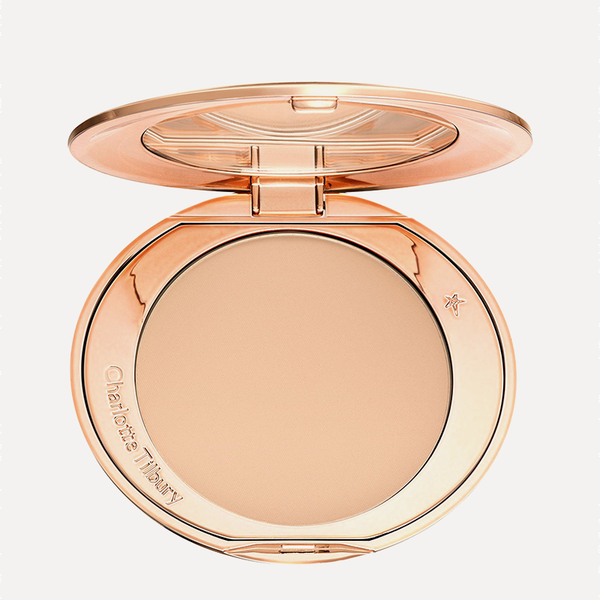
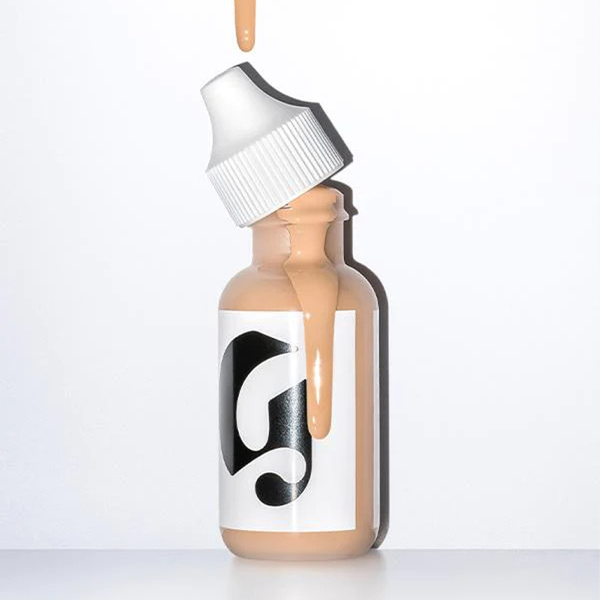
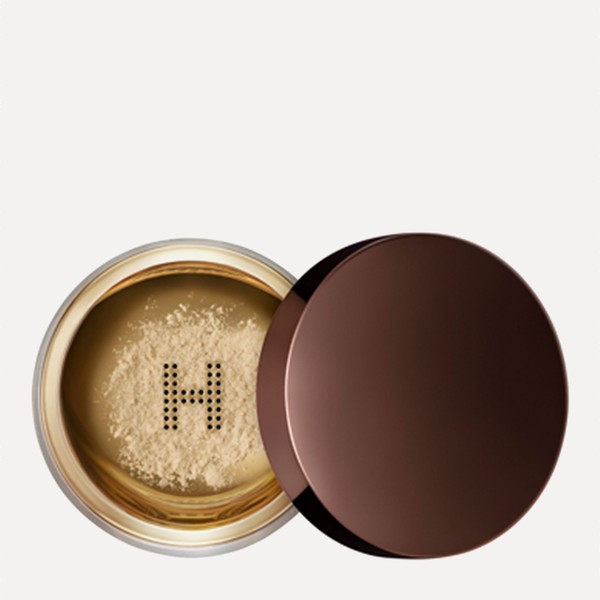

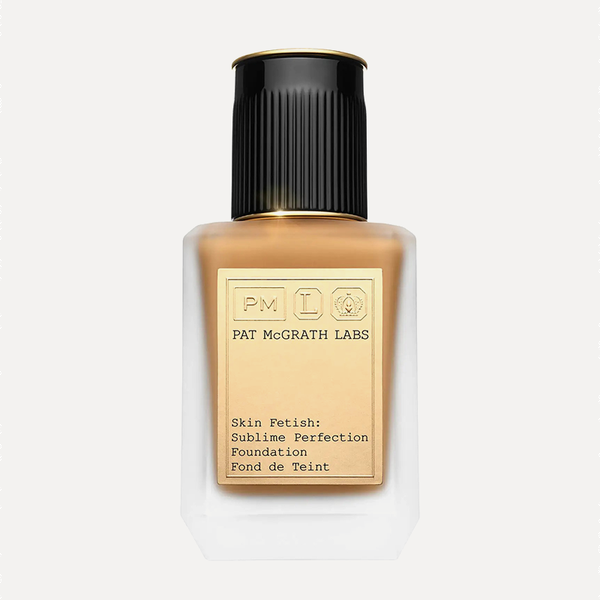

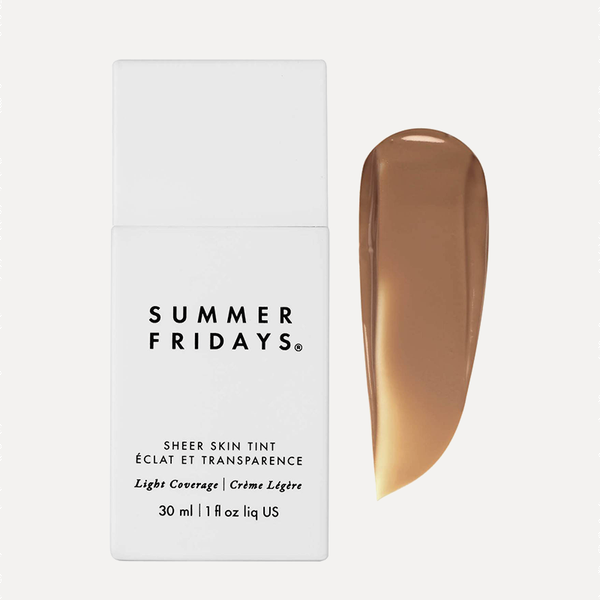
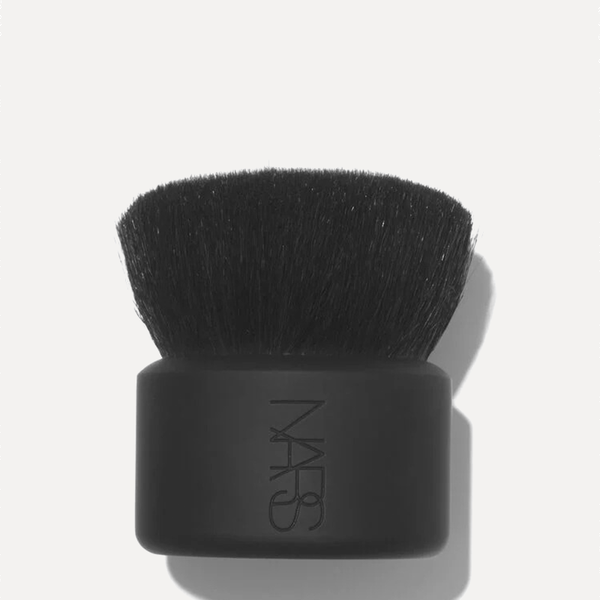
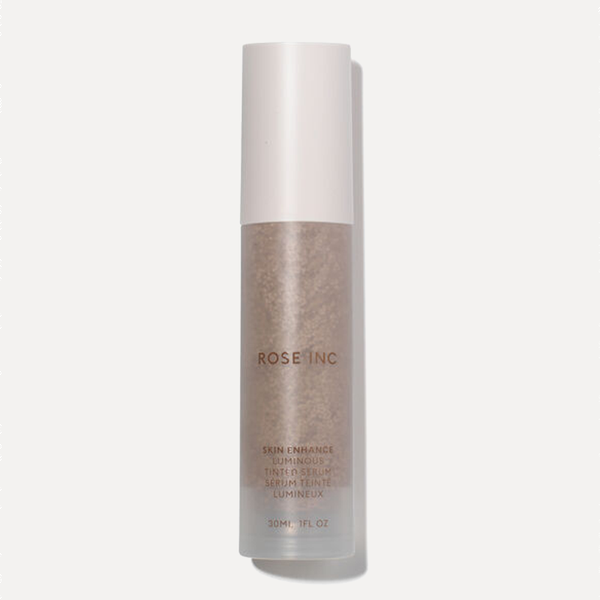
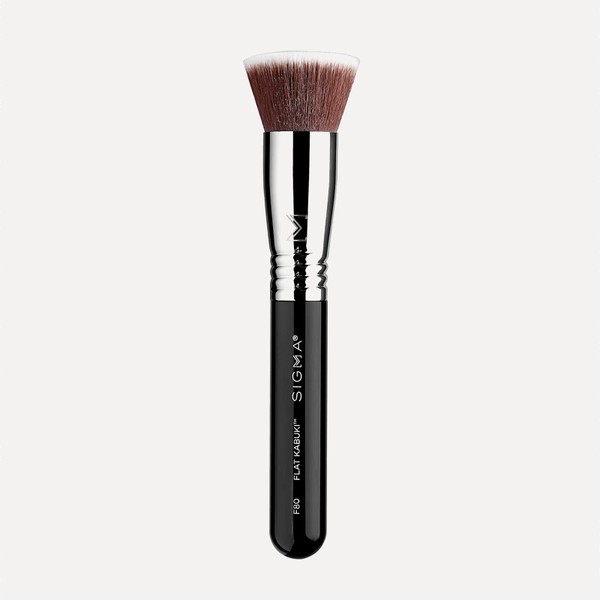
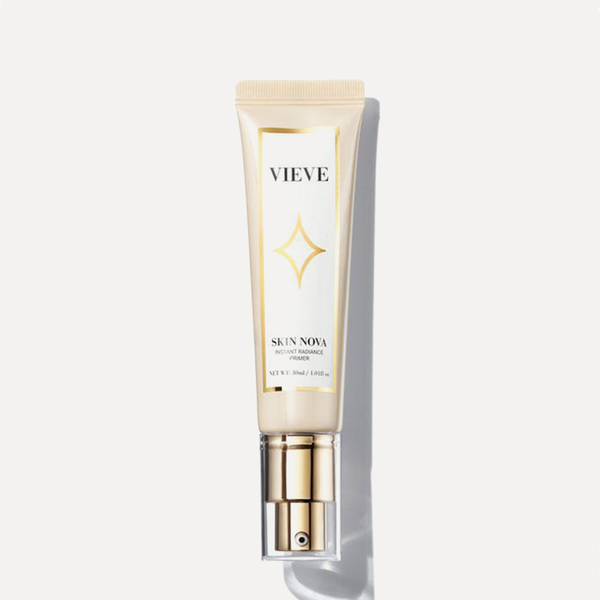
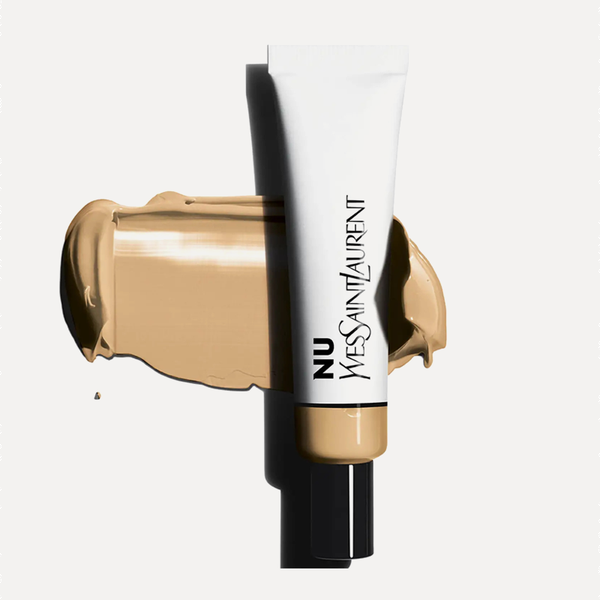
DISCLAIMER: We endeavour to always credit the correct original source of every image we use. If you think a credit may be incorrect, please contact us at info@sheerluxe.com.
